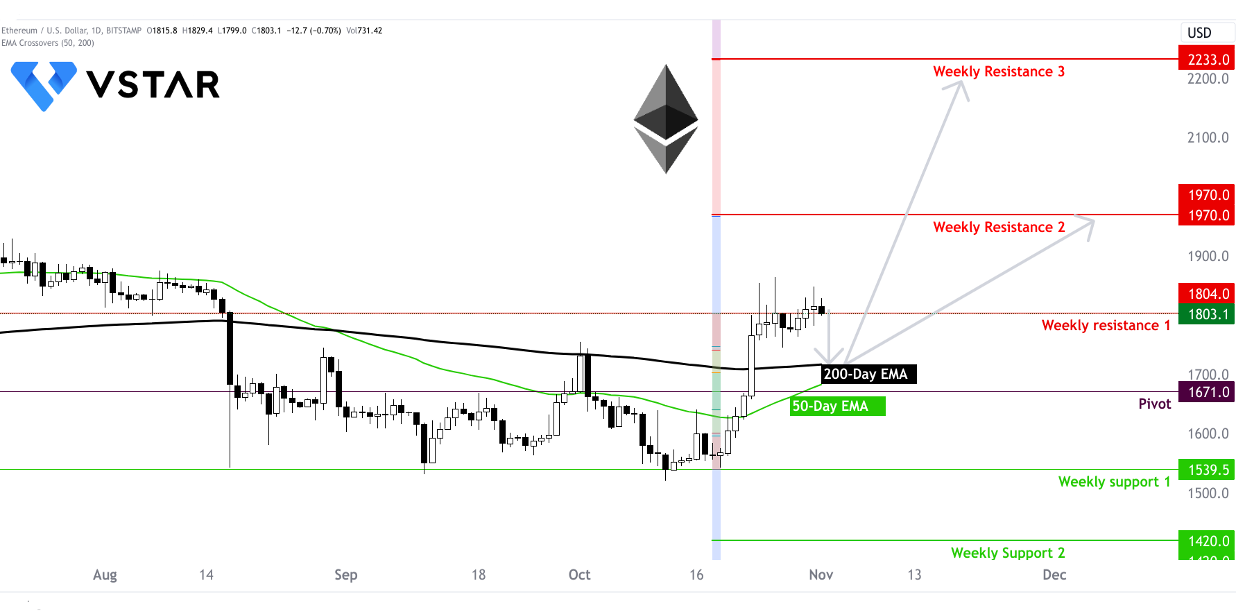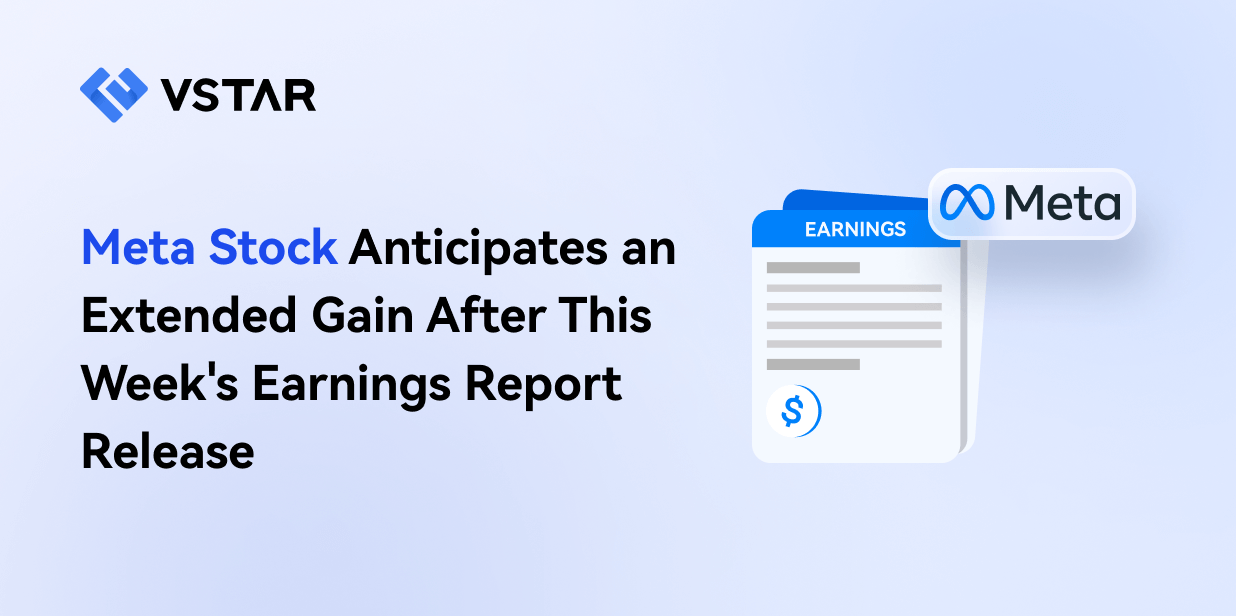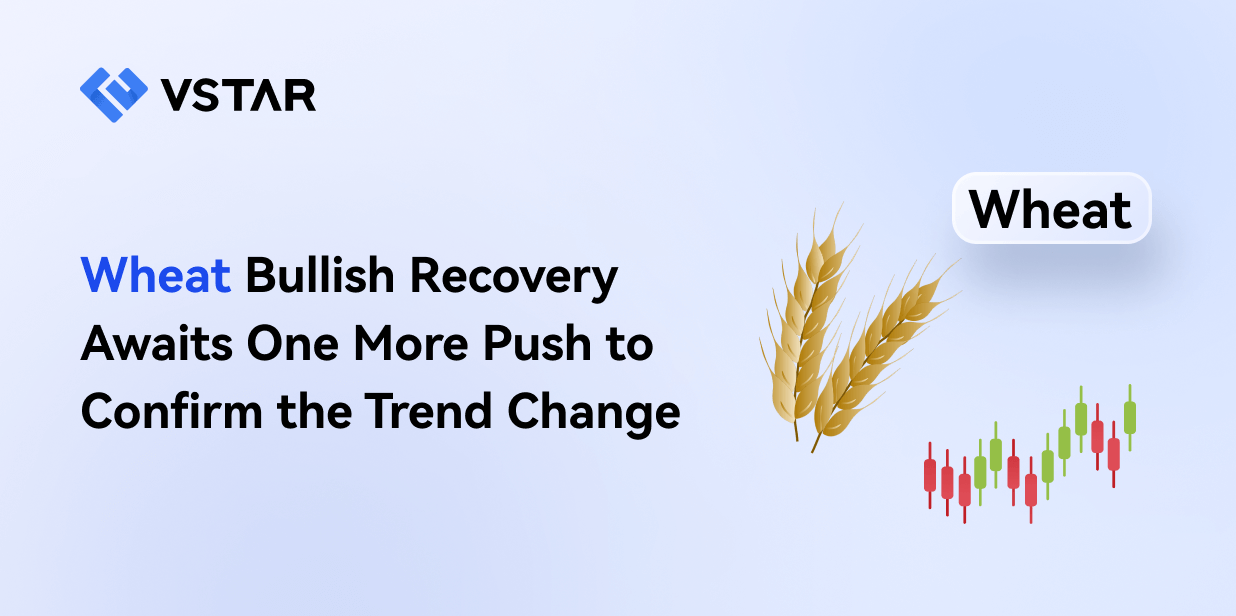The Ether (ETH/USD) market, one of the leading cryptocurrencies, has recently witnessed significant developments that are reshaping its dynamics. This critical fundamental analysis will delve into these developments and their implications for the ETH/USD market valuations. The article explores the growing tokenized US Treasury market, the emergence of competing blockchain protocols, and the challenges posed by a low-fee regime.
Tokenized U.S. Treasury Market Growth
One of the noteworthy developments in the ETH/USD market is the substantial growth of the tokenized U.S. Treasury market. According to data from RWA.xyz, the tokenized Treasury market has grown nearly seven-fold in 2023, reaching a valuation of $698 million. This remarkable surge can be attributed to the intensifying competition between investment offerings and blockchain venues.
Ethereum (ETH) has taken the lead in this arena, toppling Stellar (XLM) as the dominant blockchain for tokenized government bonds. New entrants like Polygon (MATIC) and Solana (SOL) have also entered the competition and collectively attracted over $40 million in assets.
Real-World Asset Tokenization
Tokenization of real-world assets is a growing trend within the cryptocurrency space. Existing protocols like Ondo Finance, Maple, and Backed have experienced substantial growth over the past few months, reflecting investor interest in this area. Moreover, new protocols, Tradeteq and TrueFi's Adatp3r, launched in September, attracted $4.5 million and $8.5 million in deposits, respectively.
Additionally, a fresh avenue for tokenization has emerged through permissionless yield-bearing stablecoin alternatives. Ondo Finance introduced its USDY token, and Mountain Protocol unveiled USDM. These offerings differ from traditional stablecoins like Tether's USDT and Circle's USDC, as they directly pass on the yield earned from the backing assets. This innovation is particularly appealing to investors seeking higher returns, especially as global interest rates rise alongside declining decentralized finance yields.
Market Valuation Implications
The growth of the tokenized U.S. Treasury market and the broader trend of real-world asset tokenization have significant implications for the valuation of Ether (ETH/USD).
First, these developments underscore the growing use cases for Ethereum and its smart contract capabilities. The ability to tokenize real-world assets, including government bonds, demonstrates the versatility and utility of the Ethereum blockchain. This increased utility is likely to attract more users and investments into the Ethereum ecosystem, which can have a positive impact on Ether's market valuation.
Second, the competition between different blockchain protocols, including Ethereum, Polygon, and Solana, for the tokenized U.S. Treasury market highlights the importance of network security, scalability, and user adoption. As Ethereum faces challenges related to network fees and scalability, its ability to maintain its position as the preferred blockchain for tokenized assets may be tested. Therefore, Ethereum's development teams must continue to work on solutions to address these challenges to remain competitive and support Ether's market valuation.
Low-Fee Regime Challenges
However, it's not all smooth sailing for Ethereum and Ether. The network has experienced a significant drop in revenue generated from transaction fees. According to data from IntoTheBlock, Ethereum's network fee revenue is at its lowest level since April 2020 and has declined by 90% from its high in May.
This drop in network fee revenue can be attributed to several factors. During the bull market of the past few years, Ethereum users frequently complained about high transaction costs, also known as gas fees. The network was often clogged due to increased activity from non-fungible token (NFT) trading and decentralized finance (DeFi) yield farming. However, the decline in prices for cryptocurrencies, the collapse of NFT demand, and a significant drop in DeFi activity have alleviated these issues.
The proliferation of layer 2 scaling solutions, developed to help Ethereum scale and increase its capacity, has also contributed to lower fees. While this is advantageous for Ethereum users, it has consequences for Ether's supply dynamics. With fewer tokens being burned compared to new issuances, Ether's supply remains inflationary, a departure from its deflationary supply narrative.
Implications for Ether's 'Ultra Sound Money' Thesis
This low-fee regime poses a challenge to Ethereum's "ultra sound money" thesis. As network fee revenue remains low, the supply of Ether continues to grow. Over the past 30 days, the ETH token supply has increased by 33,500 ETH, equivalent to approximately $52 million. This growth is primarily due to reduced activity on the Ethereum blockchain.
Also, the network fee revenue is likely to remain low as speculative activity wanes and users continue migrating to layer 2 scaling solutions. For instance, NFT trading, which was responsible for a significant portion of token burns in 2021 and early 2022, now represents only 8% of the total. This shift represents a significant transition for Ethereum, as it trades high revenues and deflationary supply for the promise of attracting mainstream users through layer 2 solutions.
In conclusion, the Ether (ETH USD) market is undergoing significant transformations. The growth of the tokenized U.S. Treasury market and the trend of real-world asset tokenization underscore the utility and versatility of the Ethereum blockchain, which can positively impact Ether's market valuation. However, Ethereum faces challenges related to a low-fee regime and the need to address scalability issues to maintain its competitive edge. The low-fee regime challenges Ethereum's "ultra sound money" thesis, as it results in an inflationary supply, and this transition represents a fundamental change in the ecosystem. Investors and stakeholders in the ETH/USD market must closely monitor these developments and adapt to the evolving landscape of the cryptocurrency market.
Ethereum (ETHUSD) Technical Commentary

Source: tradingview.com
Since late September 2023, Ether's price has been experiencing significant volatility. Notably, it has surpassed the 200-day Exponential Moving Average (EMA), indicating a possible retest of this moving average to determine a shift in trend around the $1715 mark. This could potentially lead to an upward momentum, with a target of $1,970 in the upcoming weeks. It's worth noting that due to the unpredictable nature of developments in the cryptocurrency market, Ether might even surge towards $2,233. Also, the 50-day EMA can cross 200- day EMA to serve as a dynamic support of the possible uptrend.
On the flip side, if a downward trend occurs, key support levels to watch are at $1,671 and $1,540, which could play a critical role in price stability.




